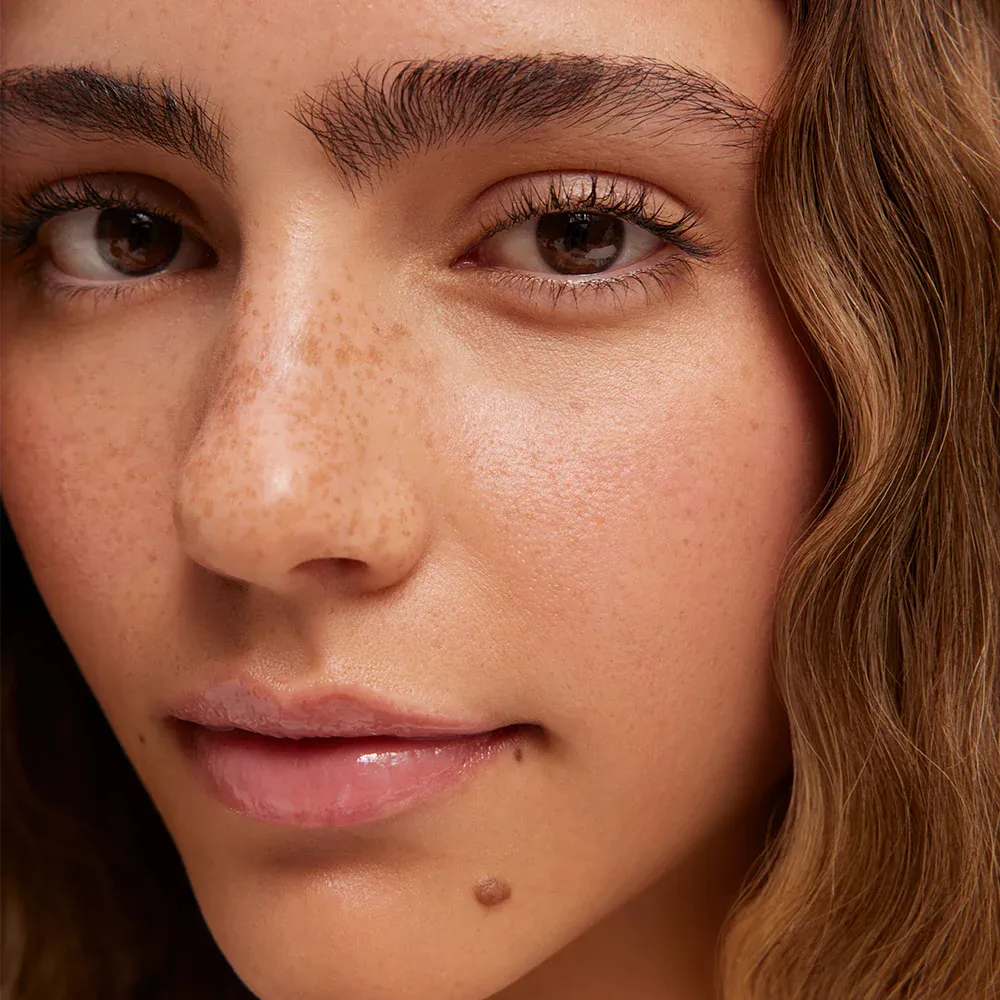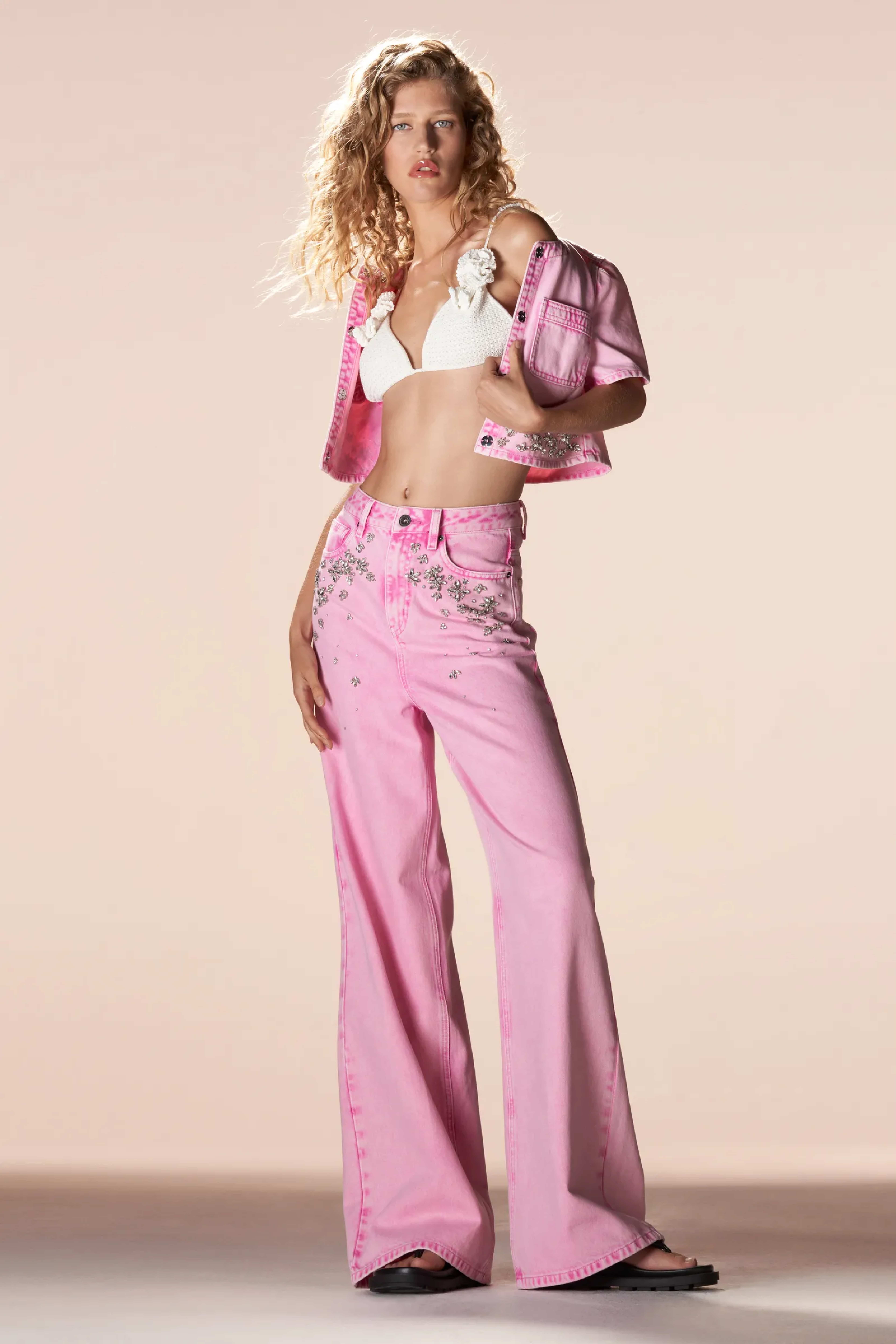
by Sofía Calzetti
Dermatologists agree that mineral sunscreens offer the most reliable protection against UV damage. According to board-certified dermatologist Dr. Blair Murphy-Rose, mineral sunscreens create a “physical shield or barrier” on the skin’s surface, effectively blocking harmful rays from penetrating the skin. And don’t worry—modern formulations deliver this expert-level protection without the heavy textures or chalky finishes you might expect.
Mineral Sunscreen vs. Chemical Sunscreen There are two key differences between mineral and chemical sunscreens: the active ingredients they contain and their mechanisms for protecting your skin from UV rays. Mineral sunscreens use physical blockers like zinc oxide or titanium dioxide to reflect U V rays away from the skin, while chemical sunscreens absorb U V rays and convert them into heat. Dr. Nosworthy points out that mineral sunscreens provide instant protection upon application, whereas chemical sunscreens need to be applied at least 20 minutes before sun exposure for full effectiveness.
Who Should Opt for Mineral Sunscreen? While dermatologists often emphasize that the best sunscreen is the one you’ll actually use, there are specific situations where mineral sunscreens are particularly advantageous. Dr. Chi-Lukuri highlights that mineral sunscreens are among the safest options available in the U.S., making them ideal for individuals with sensitive, acne-prone, or eczema-prone skin, as well as for pregnant or breastfeeding women. Dr. Nosworthy adds that the immediate efficacy of mineral sunscreens makes them a great choice for parents applying sunscreen to children or anyone needing rapid sun protection.
However, mineral sunscreens do have some downsides. They can leave a white or grayish cast on the skin, especially on darker skin tones, which can discourage regular use. Fortunately, this issue can be mitigated by choosing a high-quality mineral sunscreen specifically formulated for darker skin tones. Dr. Chilukuri also advises those with acne-prone skin to look for lightweight, non-comedogenic, or oil-free formulas to minimize the risk of clogged pores and breakouts.
How to Apply Mineral Sunscreen When incorporating mineral sunscreen into your morning skincare routine, it’s best to apply it as the final step before heading out for the day.
Dr. Nosworthy advises being generous with your SPF application. “The American Academy of Dermatology suggests using about one ounce—roughly enough to fill a shot glass—to cover your entire body,” she explains. Ensure the sunscreen is thoroughly rubbed into the skin, and give it a few minutes to let any potential white cast fade. Pay close attention to areas like the hairline, ears, and neck to avoid leaving any residue behind.

ISDIN ERYFOTONA ACTINICA MINERAL SUNSCREEN SPF 50+

DR. DENNIS GROSS ALL-PHYSICAL LIGHTWEIGHT WRINKLE DEFENSE BROAD SPECTRUM SUNSCREEN SPF 30

SKINCEUTICALS SHEER PHYSICAL FUSION UV DEFENSE SPF 50



